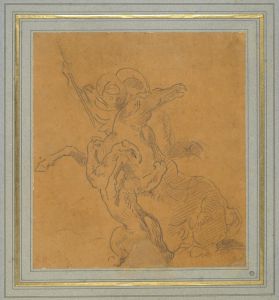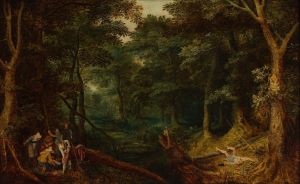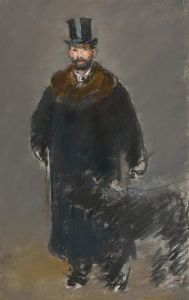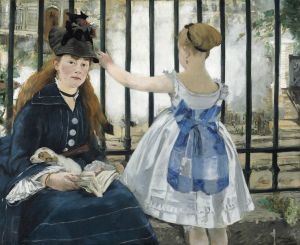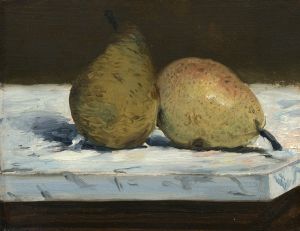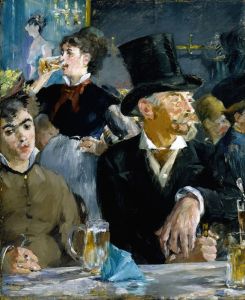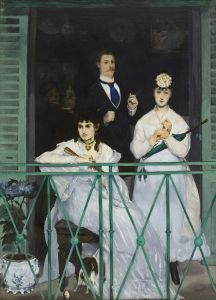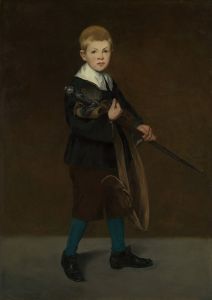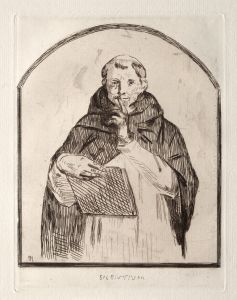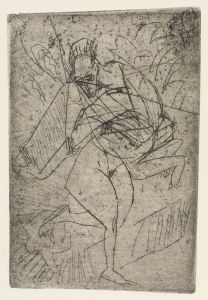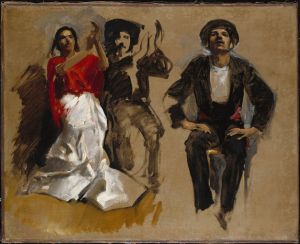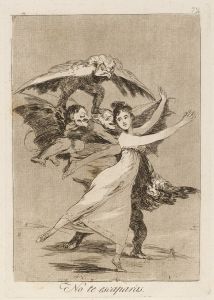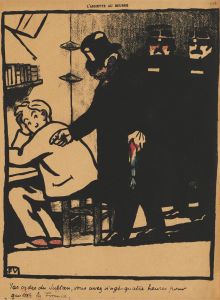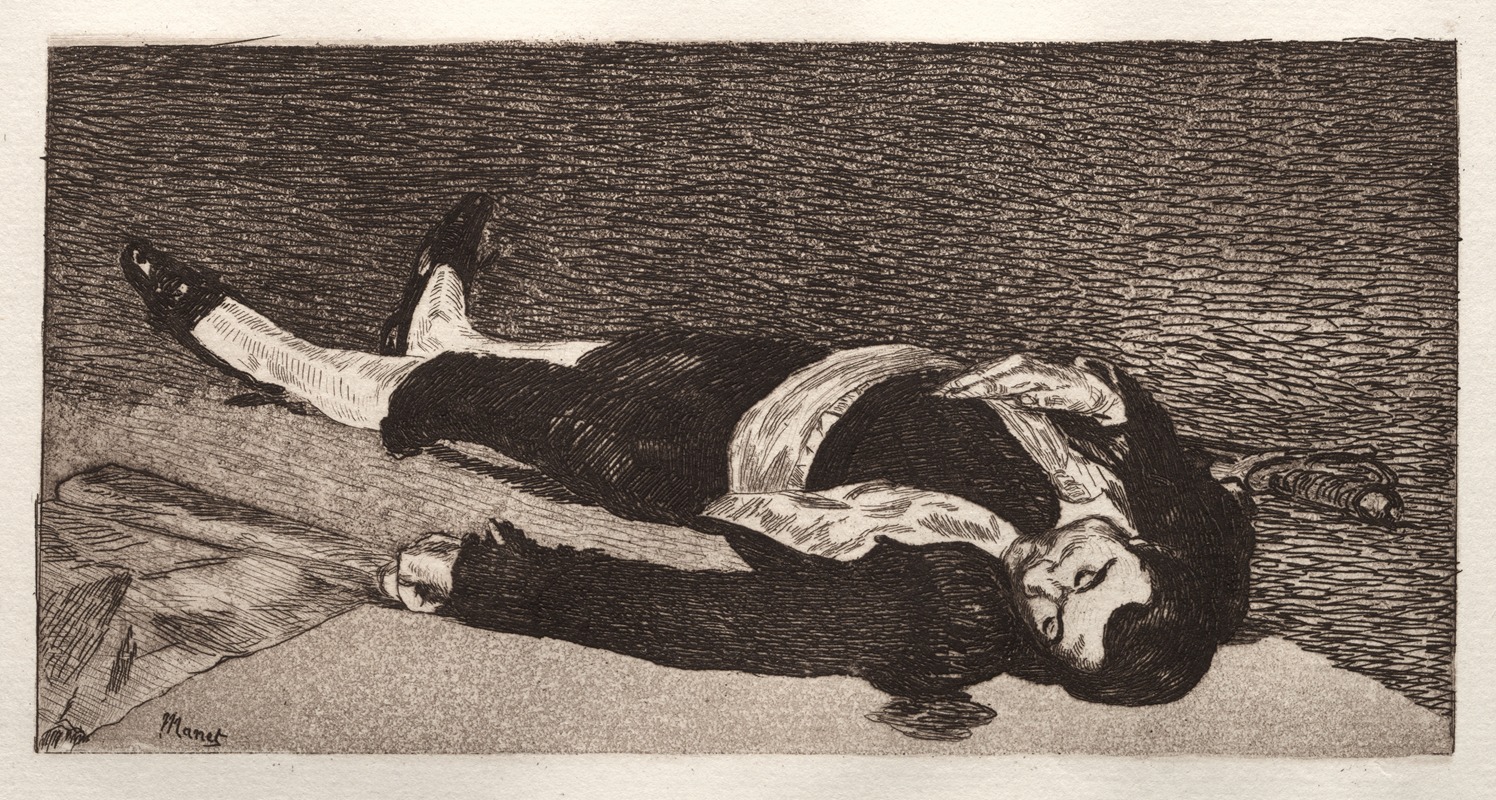
Torero mort
A hand-painted replica of Édouard Manet’s masterpiece Torero mort, meticulously crafted by professional artists to capture the true essence of the original. Each piece is created with museum-quality canvas and rare mineral pigments, carefully painted by experienced artists with delicate brushstrokes and rich, layered colors to perfectly recreate the texture of the original artwork. Unlike machine-printed reproductions, this hand-painted version brings the painting to life, infused with the artist’s emotions and skill in every stroke. Whether for personal collection or home decoration, it instantly elevates the artistic atmosphere of any space.
Édouard Manet's Torero mort (Dead Toreador) is an oil painting created in 1864. The work is notable for its depiction of a lifeless bullfighter, lying on the ground in his elaborate costume. The painting is part of Manet's exploration of Spanish themes, which were a recurring subject in his oeuvre during the 1860s. This interest was influenced by the Spanish art and culture that had captivated many French artists of the time, particularly the works of Diego Velázquez and Francisco Goya.
Torero mort was originally part of a larger composition titled Episode d'une course de taureaux (Episode from a Bullfight), which Manet exhibited at the Paris Salon in 1864. The larger painting received criticism for its unconventional style and perceived lack of finish. In response to the negative reception, Manet decided to cut the canvas into two separate works. One part became Torero mort, focusing on the fallen bullfighter, while the other section was reworked into a painting now known as La Corrida (The Bullfight).
The composition of Torero mort is strikingly simple yet evocative. The toreador's body is depicted lying diagonally across the canvas, with his richly adorned costume contrasting against the stark, neutral background. The figure's lifeless pose and the absence of other elements in the scene emphasize the gravity of the moment. Manet's use of bold brushstrokes and a limited color palette reflects his modern approach to painting, which often challenged traditional academic conventions.
The painting is housed in the National Gallery of Art in Washington, D.C., where it remains an important example of Manet's engagement with themes of death, spectacle, and the human condition. Torero mort also exemplifies the artist's ability to distill complex narratives into powerful, singular images, a hallmark of his innovative style.
Manet's decision to focus on the solitary figure of the dead toreador in this work highlights his interest in realism and his departure from the romanticized depictions of bullfighting scenes that were popular in 19th-century art. Instead of glorifying the spectacle, Torero mort presents a poignant and unvarnished moment, inviting viewers to reflect on the fragility of life and the risks inherent in such public performances.
The painting continues to be studied and appreciated for its historical significance and its place within Manet's broader body of work.





